Our Curries are good, we are proud of them. That may be bold but, we put hella work into every one of them and hopefully it shows to our guests. Here’s a quick dive into what we do to make them happen. Hopefully you can pick up some pointers and be inspired to get out there and start your own this winter. We currently have a red curry on the menu using this method exactly. It’s a red curry with pork shoulder, tamarind and the last of this years tetsu squash which is a kabocha type squash that’s amazing for curries.

To make this short lets just look at three components that we use for every curry that we make. The paste, the protein (or main component), and the liquid. The paste takes the longest so we’ll just cover that this week.

The paste is essential. 99% of curries have a base “Paste”, that always takes forever to prepare, no matter what cuisine we are trying to mimic. It’s quality determines much of the end product. For us, we weigh the ingredients in grams, start with the wetter ingredients in the food processor and when that’s moving around freely, we add any dry chilies and pulse those until they are chopped up in the liquid the wet ingredients have leeched out (adding a bit of salt helps with this). Always leave dry spices out to be ground/sifted and added to the paste when its time to fry. (They dry things out and make it harder to puree)
Once that mixture has sat about 5-10 minutes it’s time to move it to the blender. If you don’t have one you can also use the food processor only but it will be a lot coarser.
Start with 1/4c or less water and add just a bit of paste to the blender. You want it to puree itself but not become to wet. Smaller batches are better.

After that you are ready to fry. Fry it in a healthy amount of oil, at least 1/4 of the paste’s volume. You can also use different oils to add more flavor; raw coconut, a dash of mustard oil, or even some chicken fat, all depending on the where you’re headed with the end result.
You’ll want to fry until the paste separates from the oil and it’s at its most fragrant point. The time this takes will depend mostly on how much water you put in the paste when you pureed it. It is possible to over fry and lose some of it’s character so check it often and (or pull half and keep frying to compare) go with your nose.

The cooked paste will keep in the fridge for 7-10 days if you keep it in a clean container, with wiped sides and a thin layer of oil sitting on top of it. You can also freeze the paste raw if you have a good way to do that.
Next week we’ll send an email with the rest of the process, the liquid and the main component. If you make this before then, first off good for you, second you can use it to sub any recipe that calls for premade curry paste.
For now here’s a good recipe we use for a fragrant red curry to get you started.
| Ingredient | Prepared | Amount |
| black cardamom | seeded | 4 each |
| coriander | 30 g | |
| cumin | 11 g | |
| pulla peppers | cleaned / soaked | 52 g |
| salt | 14 g | |
| lemongrass | sliced | 28 g |
| galangal | sliced | 28 g |
| ginger | peeled sliced | 52 g |
| garlic | 112 g | |
| Shallot | peeled, cut | 448 g |
| shrimp paste | 64 g |
